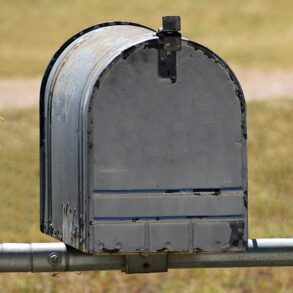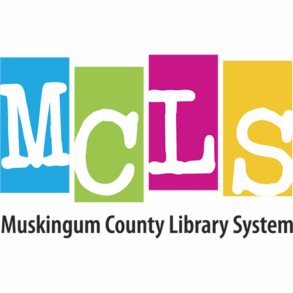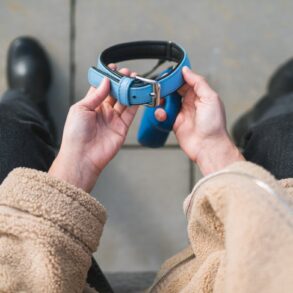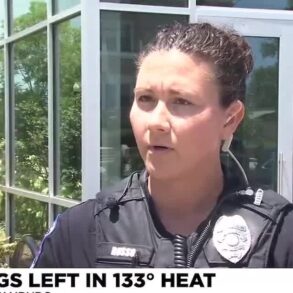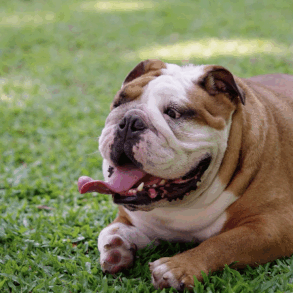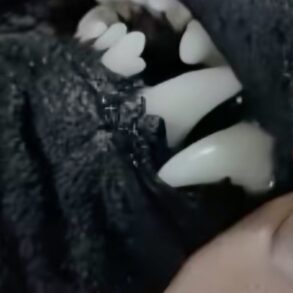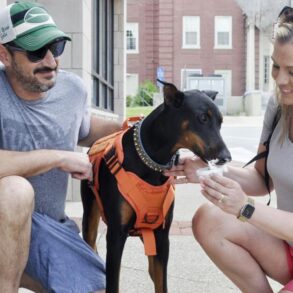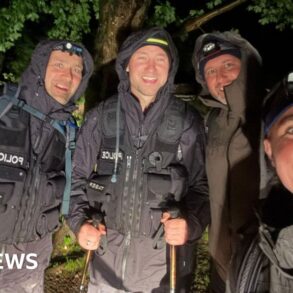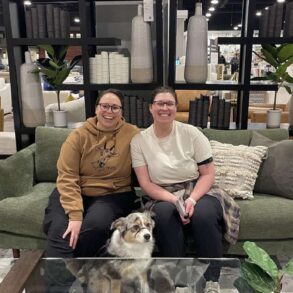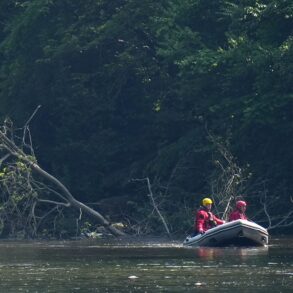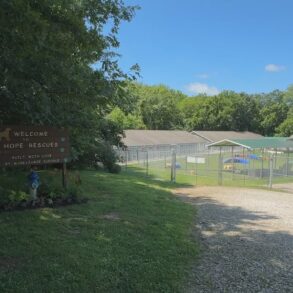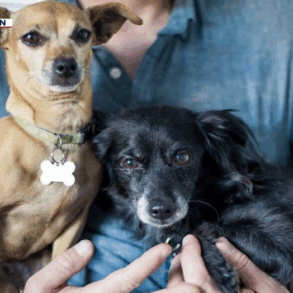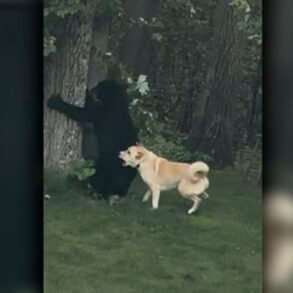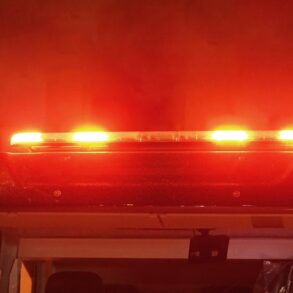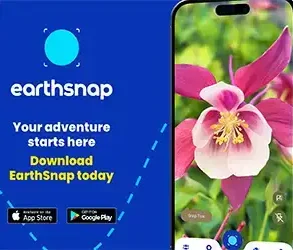(This column first published in the Tallahassee Democrat on July 30, 2017. The enclosed dog park is still open at E. Peck Greene Park.)
It seems fitting Tallahassee’s latest dog park has been created in E. Peck Greene Park, one of the seven downtown chain of parks along Park Avenue.
For it was Greene who landscaped the downtown chain of parks 80 years ago. It was one of his many contributions to enhancing the natural beauty of Tallahassee.

So, while some might sniff at dogs befouling the grass and tranquility of a park, we’d like to think Greene would appreciate the opportunity to introduce more people to Tallahassee’s parks – and perhaps remind them of his contributions to the city.
The fenced dog park opened in early July. E. Peck Greene Park is between Duval and Bronough streets, in front of the LeRoy Collins Leon County Library. The dog park is Tallahassee’s fourth, joining dog parks at Tom Brown Park, San Luis Mission Park and Boulevard Park, on Gaines Street.
Like Boulevard Park’s dog park, the one at Greene Park is an “urban dog park,” meaning it is small, occupying only the northwest corner of the park. Both urban dog parks are designed to serve the growing number of people living downtown.

Retired attorney Maggie Davidson has become a regular at the E. Peck Greene dog park, bringing Libby, a part-greyhound who Davidson’s family rescued from the shelter in January.
“We needed something like this,” Davidson said. “We live in the Tennyson (condominiums on North Monroe Street) and her outdoors is the chain of parks. It’s great to have a place a dog can be off-leash and chase a ball.”
A chemist, with a love for horticulture
Edgar Peck Greene was born in Clarkesville, Arkansas, but moved at an early age to Arcadia, in southwest Florida, where his father, a physician, was one of the pioneer settlers.
Peck Greene graduated from Florida Agricultural College, one of the forerunners of the University of Florida, in 1904 and was hired as an assistant state chemist in Tallahassee.

The state chemistry department was housed in a brick building on the southeast corner of Capitol Square. One of Greene’s first personal projects was landscaping the area around his building and the capitol, earning praise from the Tallahassee Democrat, which wrote “Under the care of Mr. Peck Greene, (Capitol Square) is rapidly becoming a beautiful spot, instead of the forlorn, neglected place of former years.”
Married to the former Clara Moore, Greene created lavish gardens at the two homes they occupied in Myers Park: 534 Oakland Avenue, and their longtime home at 1702 Golf Terrace Drive (both of which still bear touches of his original landscaping). He often held open houses for the public to view his gardens on Golf Terrace.
In 1931, the city commission hired an Orlando landscape architect to draw up plans to beautify local streets and parks. When funding for the project proved unavailable, the Tallahassee Garden Club turned to Greene to landscape the chain of parks. Greene drew up plans for all seven parks and participated in much of the planting.
In 1935, Greene was named the city’s official landscape beauty consultant, and oversaw improvements to the Florida Governor’s Mansion and Leon County Courthouse. In 1937, he was named, along with businessman O.C. Collins and Mrs. J.G. Kellum, as members of the city’s first Parks Board. Though still employed as the assistant state chemist, Greene consulted on many landscape projects, including the homes of individual residents.
On April 4, 1948, after a short illness, Greene died. He was 63.
Defense against Indians becomes a chain of parks
Tallahassee was founded in 1824, five years after the First Seminole War. And the downtown chain of parks were one of Tallahassee’s earliest features, as a 200-foot-wide strip of land on Tallahassee’s northern border was preserved as a buffer against Indian attacks. The street that straddled the barrier was originally called 200 Foot Street and is now known as Park Avenue.
Tallahassee was never subject to an Indian attack. But the barrier, of intermittent trees and open patches of land, soon proved valuable: In 1843, a fire destroyed most of downtown, and for months afterward, many merchants operated out of sheds they erected on the barrier, while the city was rebuilt with brick structures.
In 1883, the Leon Hotel opened between Monroe and Adams streets on the north side of 200 Foot Street, which had been renamed McCarty Street. It was the most sumptuous Tallahassee hotel to date, and its developers landscaped its portion of the barrier into a park – creating the first of the seven downtown chain of parks.
In 1885, the banking Lewis family landscaped the buffer in front of their home on McCarty Street, between Gadsden and Calhoun streets – creating the second of the chain of parks.
In 1891, the Tallahassee Improvement Association, a women’s organization and forerunner of the Tallahassee Garden Club and the Tallahassee Woman’s Club, began laying out the other five parks. It would take until 1901 before the project was completed.
Originally, Greene Park was Cherokee Park and the current Cherokee Park was named DuVal Park, for a variety of rose that flourishes in Tallahassee yards. But as part of the 1938 renaming, the DuVal name was dropped, Cherokee Park moved one block west and the Greene name was added because the Garden Club wanted to honor:
“Our esteemed fellow townsman (Greene), who by reason of his unusual artistic ability, his rare knowledge of plant life and his genius for landscaping has over a long period of years contributed more to the permanent beautification of Tallahassee than any other citizen in the history of the city.”
Festivals, weddings – and a dog park
The chain of parks are integral to Tallahassee’s charm.
The parks are the centerpiece of annual celebrations such as Springtime Tallahassee, Winter Festival, Emancipation Day and Art in the Park. The Downtown Market is held weekly from March to November in Ponce de Leon Park. All seven parks host weddings and church events: For many years, an annual Easter sunrise service was held in E. Peck Greene Park.
In 1994, five of the seven parks were remodeled, adding water fountains, benches, sidewalks and low brick walls. In 1993, the Red Barber Camellia Garden was added to McCarty Park; in 2015, year-round holiday lights were added to the trees of Ponce de Leon, McCarty and Bloxham parks.
And now, there is a dog park in E. Peck Greene Park.

“The trend of these urban dog parks is to create small areas that don’t take over the park and allow the other uses of the park to continue,” said Ashley Edwards, director of the Tallahassee Department of Parks, Recreation and Neighborhood Affairs. “It provides a niche for downtown residents to take their dogs and becomes something of a social gathering spot.”
Davidson said one of the drawbacks to the new dog park is Greene Park is a gathering spot for homeless residents, who like to congregate under the large, covered pavilion in the park: “They don’t bother me. But I have seen some college girls bring their dogs here, then back off when they saw the homeless people.”
The homeless have not caused problems in the park, and Edwards said the dog park can be a deterrent to those who might cause problems.
“We find that more activity, more people around, more eyes in the park, the less likely it is that there are people doing wrong things in the park,” she said.
Edwards said the city hopes to add other urban dog parks and is pleased to add another amenity to the downtown chain of parks.
“Obviously, we are reaping the benefits of Greene and the women who had the forethought to plan and lay the foundation of these parks,” Edwards said. “They played a big role in what we are able to enjoy today.”

Gerald Ensley was a reporter and columnist for the Tallahassee Democrat from 1980 until his retirement in 2015. He died in 2018 following a stroke. The Tallahassee Democrat is publishing columns capturing Tallahassee’s history from Ensley’s vast archives each Sunday through 2024 in the Opinion section as part of the TLH 200: Gerald Ensley Memorial Bicentennial Project. There are still about two dozen copies of a book of Ensley’s columns available exclusively at Midtown Reader, 1123 Thomasville Road, or midtownreader.com. Proceeds from the sale of the book and contributions have been used to establish an endowed scholarship for budding journalists at FSU, and have also brought this project to life in celebration of our 200th anniversary.
JOIN THE CONVERSATION
Send letters to the editor (up to 200 words) or Your Turn columns (about 500 words) to letters@tallahassee.com. Please include your address for verification purposes only, and if you send a Your Turn, also include a photo and 1-2 line bio of yourself. You can also submit anonymous Zing!s at Tallahassee.com/Zing. Submissions are published on a space-available basis. All submissions may be edited for content, clarity and length, and may also be published by any part of the USA TODAY NETWORK.
This post was originally published on this site be sure to check out more of their content.




